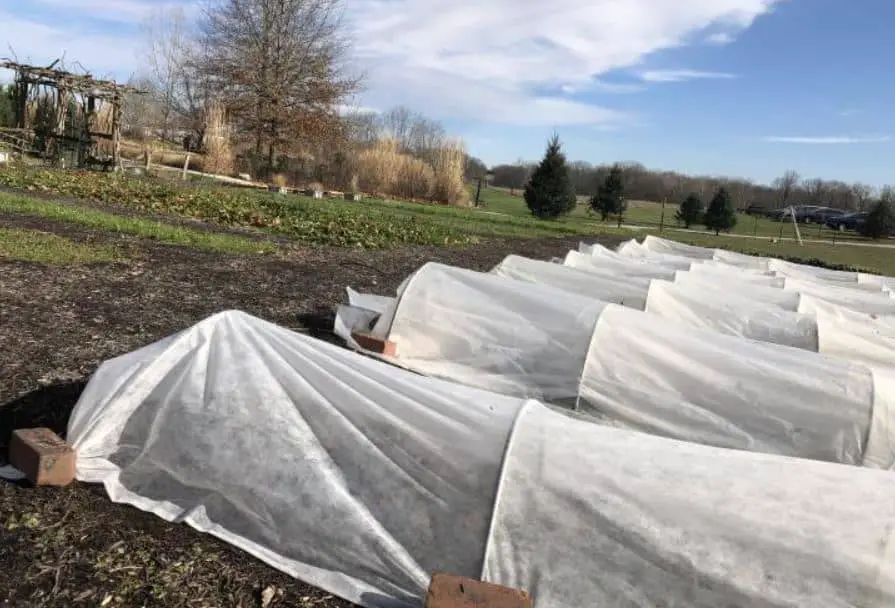You’ve just finished spending hours laboriously planting your valuable garden, only to learn that frost (light or heavy) is on the way. What are your objectives?

Tips for Frost Protection for Plants
Do not, first of all, panic. Always take precautions to protect delicate plants from exposure to low temperatures and consequent harm if there is a chance of frost. Here are a few of the most typical:
- Plant covering – A covering is the most common method for protecting plants from the cold. Any material will do, but the best options are worn-out blankets, sheets, and burlap bags. Plants should be covered loosely and anchored with pegs, rocks, or stones. While the heavier coverings may need some support, like wire, to keep the plants from being crushed beneath the weight, the lighter covers can be put over the plants. Tender garden plants may be kept warm and from freezing at night by being covered. But as the sun comes out the next morning, removing the covers is crucial to prevent the plants from suffocating.
- Watering plants – Watering plants a day or two before the anticipated frost is another strategy to safeguard them. In comparison to dry soil, moist soil will retain more heat. However, avoid overwatering the plants when the temperature is really low since this can cause frost heave, harming the plants. Before the temperature drops in the evening, watering will increase humidity and lessen frost damage.
- Plant mulching – Some individuals like to use plant mulch in their gardens. While some plants can withstand heavy mulching, others, such as delicate ones, may need protection. Straw, pine needles, bark, and loosely heaped leaves are common mulching materials that may be employed. Mulch helps to keep moisture in and keeps heat in during cold times. Try to maintain the mulch’s depth between 2 and 3 inches (5-8 cm) while applying it.
- Plant cold frames – Some delicate plants genuinely need to spend the winter inside or in a cold frame. Most garden stores sell cold frames, which are very simple to assemble at home. Old storm windows may be used as the sides’ top and wood, cinder blocks, or bricks. Use bales of hay or straw as a fast, temporary frame for anybody who needs one. Apply an old window to the top of the stack and place it around your delicate plants.
- Plants in raised beds – Creating a garden with raised beds can also help protect plants from frost during cold weather. Instead of taller mounds, cold air prefers to gather in hollow places. Raised beds also make it simpler to cover plants.
Understanding each plant’s specific requirements is the best approach to deciding what safety precautions to use while caring for delicate garden plants. The better off your garden and delicate plants will be, the more you will know.


